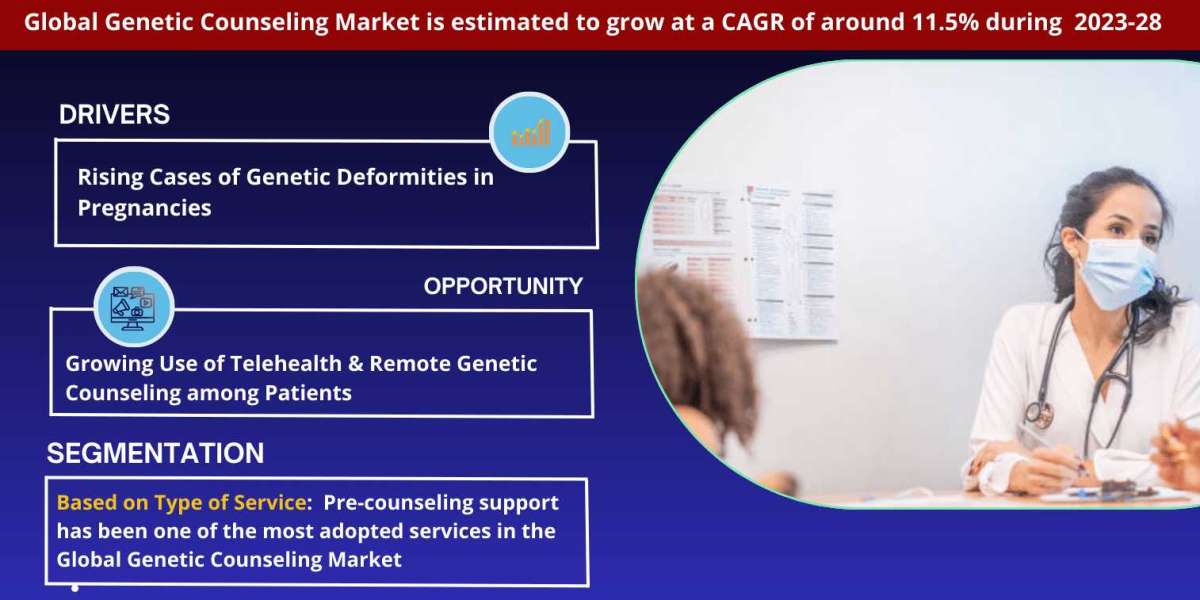The Impact of User Experience (UX) on Digital Marketing Conversions
Introduction
User Experience (UX) has emerged as a crucial factor in the success of digital marketing strategies. In today's highly competitive online landscape, businesses must prioritize providing a seamless and engaging user experience to attract, retain, and convert customers. A positive UX can significantly impact digital marketing conversions, leading to increased sales, higher customer retention rates, and improved brand loyalty. In this blog, we will delve into the profound impact of user experience on digital marketing conversions, exploring the key elements of UX design, its influence on consumer behavior, and strategies to optimize UX for enhanced conversion rates.
- Understanding User Experience (UX)
User Experience refers to the overall experience users have when interacting with a website, app, or digital platform. It encompasses various aspects, including ease of navigation, visual design, page loading speed, content relevance, and responsiveness.
- The Importance of First Impressions
The first few seconds of a user's interaction with a website or app can significantly impact their decision to stay or leave. A visually appealing and user-friendly interface creates a positive first impression, increasing the likelihood of conversion.
- Mobile-First Approach
With the increasing use of mobile devices, a mobile-first approach to UX design is essential. Mobile-friendly and responsive designs ensure that users have a seamless experience regardless of the device they use.
- Navigational Simplicity
Intuitive navigation is vital for guiding users through the digital journey. Clear and straightforward navigation helps users find what they are looking for, reducing bounce rates and encouraging conversions.
- Streamlined Conversion Funnels
Optimizing the conversion funnel involves minimizing the number of steps required for users to complete a desired action, such as making a purchase or filling out a form. A streamlined conversion funnel reduces friction and enhances conversion rates.
- Personalization and Customer Journey Mapping
Understanding the customer journey and personalizing the user experience can significantly impact conversions. Tailoring content and recommendations to individual preferences fosters engagement and encourages users to take desired actions.
- Page Loading Speed
Page loading speed directly influences user experience. Slow-loading pages can lead to user frustration and high bounce rates. Optimizing website speed is crucial for improving user satisfaction and conversion rates.
- A/B Testing and Optimization
A/B testing involves comparing two versions of a webpage or element to determine which performs better. Regularly testing and optimizing various elements, such as headlines, CTA buttons, and layouts, can lead to significant improvements in conversions.
- Content Relevance and Quality
High-quality, relevant, and engaging content is key to keeping users on a website or app. Valuable content builds trust and credibility, encouraging users to take action, such as subscribing to a newsletter or making a purchase.
- Building Trust and Credibility
A user-friendly and professional design instills trust in users, assuring them that the website or app is secure and credible. Trust is crucial for users to feel comfortable providing personal information or making online transactions.
- Addressing Pain Points and Objections
UX design can be leveraged to address common pain points and objections that users may have. Providing clear and transparent information can alleviate user concerns, leading to increased conversions.
- Utilizing Visual Hierarchy
Visual hierarchy guides users' attention to the most important elements on a webpage. Utilizing contrasting colors, font sizes, and layout structures can draw users' attention to CTAs and essential information.
- Minimizing Distractions
Excessive distractions, such as pop-ups or irrelevant content, can hinder the user experience and deter conversions. A clutter-free design focuses users' attention on the primary call-to-action.
- Accessibility and Inclusivity
UX design should consider accessibility and inclusivity for all users, including those with disabilities. An accessible design ensures that all users can interact with the website or app effectively.
- Social Proof and Testimonials
Incorporating social proof, such as customer testimonials and reviews, can positively influence user decisions and increase conversion rates. Testimonials build credibility and demonstrate the value of products or services. Looking for top-notch SEO services New York ? Our leading SEO agency New York delivers exceptional results and boosts your online visibility.
Conclusion
The impact of user experience (UX) on digital marketing conversions cannot be overstated. A well-designed and optimized UX can significantly influence user behavior, leading to increased conversions, higher customer retention rates, and improved brand loyalty. Prioritizing factors such as mobile-friendliness, intuitive navigation, streamlined conversion funnels, and high-quality content can create a positive and engaging user experience. Regularly testing and optimizing UX elements and understanding the customer journey are vital for continuous improvement and success in the ever-evolving digital landscape. By investing in a user-centric approach to digital marketing, businesses can create a compelling and seamless experience for their audience, driving conversions and achieving their marketing objectives in the competitive online world. Remember, the foundation of successful digital marketing lies in prioritizing user experience to create meaningful connections and lasting relationships with your audience.








